Biodegradable fashion is revolutionizing the clothing industry by offering sustainable alternatives to traditional materials. As consumers become increasingly conscious of environmental impacts, biodegradable fashion has emerged as a popular and responsible choice. This new trend focuses on using materials that naturally decompose, reducing waste and environmental pollution.
“Biodegradable fashion represents a significant step forward in reducing the fashion industry’s environmental footprint.” – Stella McCartney, fashion designer.
Stella McCartney’s quote highlights the importance of biodegradable fashion in minimizing the environmental impact of the fashion industry.
What is Biodegradable Fashion?
It involves the use of natural materials that break down and decompose over time, returning to the earth without leaving harmful residues. Biodegradable fashion contrasts with traditional synthetic fabrics, which can take hundreds of years to decompose.
Key Features of Biodegradable Fashion
- Natural Materials: Use of organic and renewable resources like cotton, hemp, and bamboo.
- Eco-Friendly Processes: Sustainable production methods that minimize environmental impact.
- Decomposition: Materials naturally break down, reducing landfill waste and pollution.
“Choosing biodegradable fashion means opting for materials that support the planet’s health.” – Livia Firth, sustainable fashion advocate.
Livia Firth emphasizes the environmental benefits of selecting it for clothing.
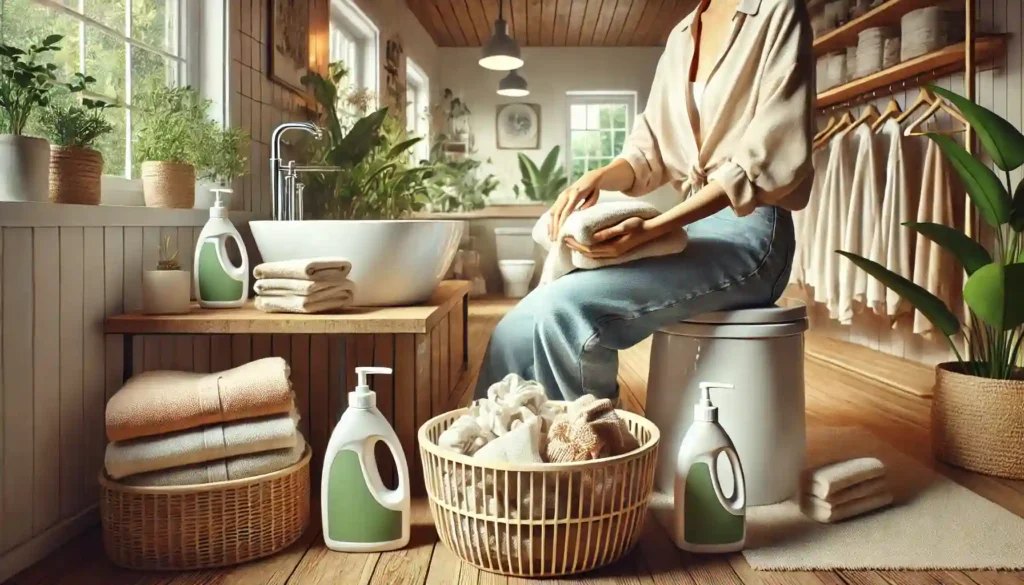
Benefits of Biodegradable Fashion
It offers numerous benefits, making it a compelling choice for eco-conscious consumers. Biodegradable fashion promotes sustainability, reduces waste, and supports ethical practices in the fashion industry.
Environmental Sustainability with Biodegradable Fashion
Using biodegradable materials significantly reduces the environmental footprint of fashion production and disposal.
- Reduced Waste: Biodegradable materials decompose naturally, reducing landfill waste.
- Lower Pollution: Natural fibers require fewer chemicals during production and decomposition.
- Sustainable Farming: Organic farming practices used for biodegradable fibers support soil health and biodiversity.
Supporting Ethical Practices
Biodegradable fashion often involves fair trade and ethical labor practices, ensuring better conditions for workers.
- Fair Wages: Many biodegradable fashion brands ensure fair wages and safe working conditions.
- Ethical Production: Commitment to ethical sourcing and environmentally friendly production processes.
- Consumer Awareness: Promoting transparency and education about the benefits of sustainable fashion.
“Biodegradable fashion aligns with ethical practices, promoting both environmental and social responsibility.” – Vivienne Westwood, fashion designer and activist.
Vivienne Westwood highlights how biodegradable fashion supports ethical practices in the industry.
Health Benefits
Wearing biodegradable materials can also offer health benefits, especially for those with sensitive skin.
- Hypoallergenic: Natural fibers are less likely to cause skin irritation and allergies.
- Breathability: Biodegradable fabrics often have better breathability, providing comfort.
- Chemical-Free: Reduced use of harmful chemicals in the production process.
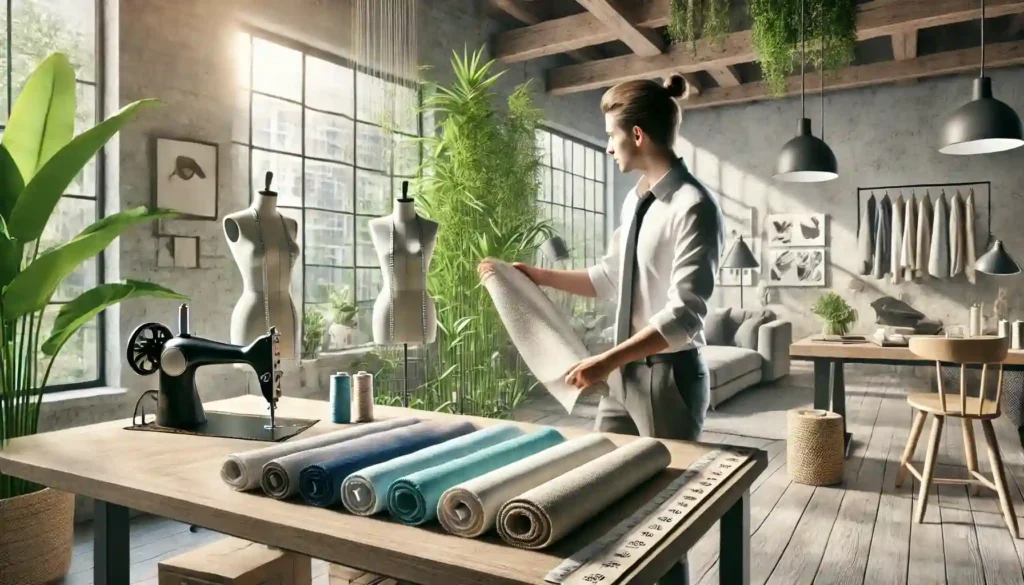
Popular Biodegradable Fashion Materials
Various natural materials are commonly used in biodegradable fashion, each offering unique properties and benefits. Here are some of the most popular biodegradable fashion materials.
Organic Cotton
Organic cotton is grown without synthetic pesticides and fertilizers, making it a sustainable and eco-friendly choice.
- Soft and Comfortable: Organic cotton is gentle on the skin and highly breathable.
- Sustainable Farming: Promotes soil health and reduces water usage compared to conventional cotton.
- Versatile: Suitable for a wide range of clothing items, from t-shirts to jeans.
Hemp
Hemp is a highly sustainable crop that requires minimal water and no pesticides.
- Durable: Hemp fibers are strong and long-lasting, ideal for durable clothing.
- Eco-Friendly: Hemp cultivation improves soil health and reduces environmental impact.
- Naturally Resistant: Resistant to mold, bacteria, and UV light.
Bamboo
Bamboo fabric is made from the pulp of bamboo plants and is known for its sustainability and softness.
- Fast-Growing: Bamboo is a rapidly renewable resource, growing quickly without pesticides.
- Soft and Silky: Bamboo fabric is incredibly soft, similar to silk or cashmere.
- Biodegradable: Naturally decomposes, reducing environmental impact.
“Choosing materials like organic cotton, hemp, and bamboo supports a sustainable and eco-friendly fashion industry.” – Patagonia, sustainable clothing brand.
Patagonia emphasizes the benefits of using natural, biodegradable materials in fashion.
How to Incorporate Biodegradable Fashion into Your Wardrobe
Integrating biodegradable fashion into your wardrobe is easier than you might think. Here are some tips for adopting biodegradable fashion and making eco-friendly choices.
Start with Basics
Begin by replacing basic items in your wardrobe with biodegradable alternatives.
- T-Shirts: Opt for organic cotton or bamboo t-shirts.
- Jeans: Choose jeans made from organic cotton or hemp.
- Undergarments: Select underwear and socks made from natural fibers.
Explore Sustainable Brands
Support brands that prioritize biodegradable materials and sustainable practices.
- Research: Look for brands committed to sustainability and transparency.
- Certifications: Check for certifications like GOTS (Global Organic Textile Standard) and Fair Trade.
- Reviews: Read customer reviews to ensure the quality and sustainability of products.
Care for Your Biodegradable Clothes
Proper care extends the life of biodegradable clothing, making your wardrobe more sustainable.
- Washing: Use cold water and eco-friendly detergents to wash biodegradable fabrics.
- Drying: Air dry whenever possible to reduce energy consumption and fabric wear.
- Storage: Store clothes in a cool, dry place to prevent mold and mildew.
“Incorporating biodegradable fashion into your wardrobe is a simple yet impactful way to support sustainability.” – Emma Watson, actress and sustainable fashion advocate.
Emma Watson encourages consumers to embrace biodegradable fashion for a sustainable wardrobe.

The Future of Biodegradable Fashion
As the demand for sustainable fashion grows, the future of biodegradable fashion looks promising. Biodegradable fashion will continue to evolve with advancements in technology and increased consumer awareness.
Technological Innovations
Advancements in technology will enhance the production and performance of biodegradable materials.
- New Fibers: Development of innovative biodegradable fibers with improved properties.
- Eco-Friendly Dyes: Use of natural and non-toxic dyes to enhance sustainability.
- Sustainable Production: Improved processes that reduce environmental impact and resource use.
Growing Consumer Awareness
Increased awareness of environmental issues will drive the demand for biodegradable fashion.
- Education: Continued efforts to educate consumers about the benefits of sustainable fashion.
- Transparency: Brands will become more transparent about their sourcing and production practices.
- Advocacy: Increased advocacy for policies that support sustainable fashion initiatives.
Expanding Market
The market for it will expand, offering more choices and accessibility to consumers.
- Mainstream Adoption: Biodegradable fashion will become more mainstream, available in more stores and online.
- Affordable Options: Greater variety of affordable biodegradable fashion options for all budgets.
- Diverse Styles: Expansion of styles and designs to cater to various fashion preferences.
“The future of fashion is sustainable, with biodegradable materials leading the way.” – Stella McCartney, fashion designer.
Stella McCartney’s quote reflects the optimistic outlook for the future of these fashion and its role in sustainable fashion.
Greenpeace offers valuable insights into sustainable fashion practices. For more information on biodegradable fashion materials, visit Sustainable Apparel Coalition. Explore more sustainable fashion tips in our fashion section.

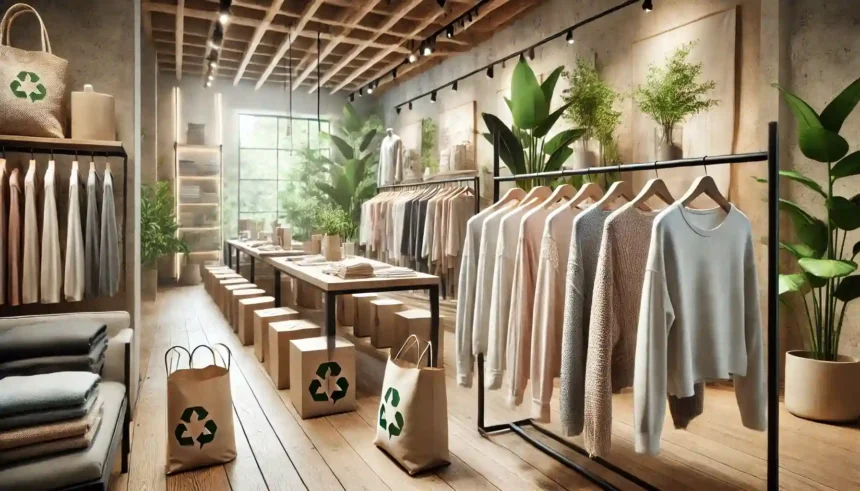
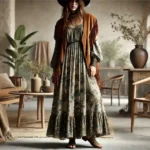



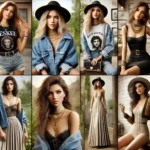
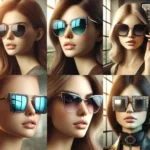






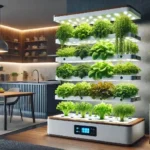

Your point of view caught my eye and was very interesting. Thanks. I have a question for you.
Thank you for your sharing. I am worried that I lack creative ideas. It is your article that makes me full of hope. Thank you. But, I have a question, can you help me?